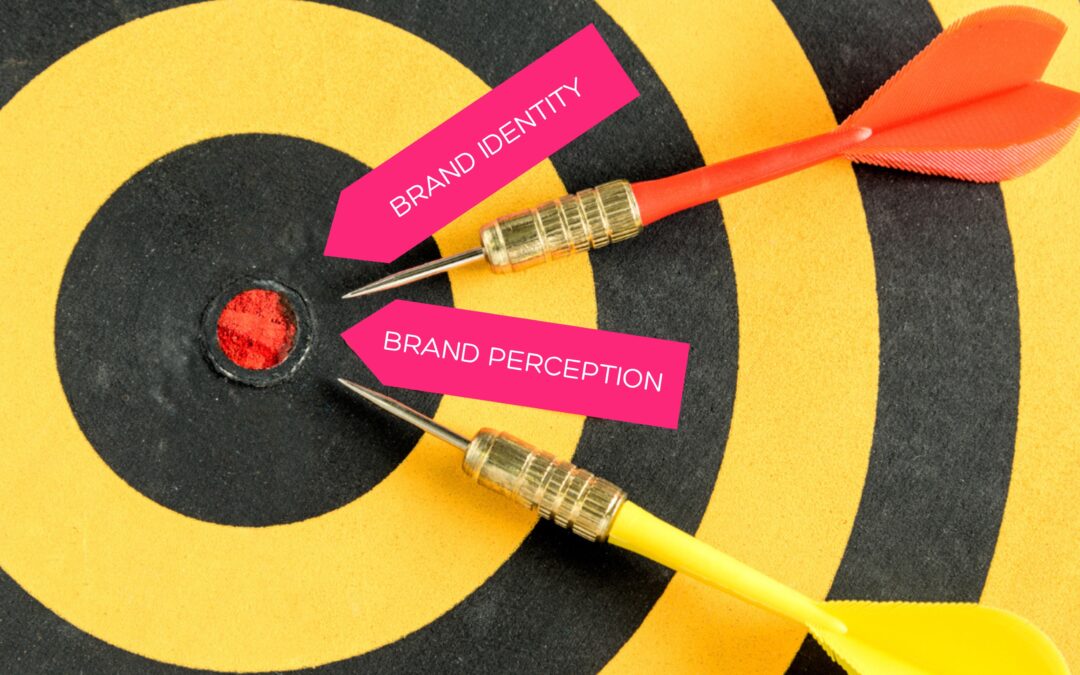In the realm of branding, two concepts often come up: ‘Brand Identity’ and ‘Brand Perception’. Though common, these terms are frequently misunderstood. While in our personal lives we may claim not to worry about what others think of us, the opposite is true for companies. The success of a brand significantly depends on how it is perceived by its audience. Therefore, understanding and leveraging these concepts is crucial for any business.
What is Branding?
To begin with, branding involves creating a strategy or idea for a business that resonates with the target audience and the general population. It is an opportunity to convey your vision and mission through visual elements like logos, imagery, and taglines. Beyond visuals, branding also includes understanding the consumer market and developing products that meet their needs.
Brand Identity vs. Brand Perception
Brand Identity refers to how a company wants consumers to perceive it. This includes all visual and non-visual elements that translate the brand’s personality. A solid brand identity can be a key element of success, helping a company stand out in a crowded market, differentiate from competitors, and maintain customer trust and loyalty. On the other hand, Brand Perception is how consumers actually see the brand. It’s what people believe about the company, not what the company tells them to believe. Brand perception is shaped by customer experiences, points of contact with the company, social media presence, and advertising. While a positive perception can drive profitability, a negative perception can have severe consequences.
Case Study: McDonald’s
For instance, in 2004, McDonald’s faced significant criticism following the release of the documentary “Super Size Me.” The film highlighted the health impacts of the brand’s food, leading to a sharp decline in UK sales. This incident is a prime example of how negative brand perception can affect a company’s performance.
However, McDonald’s response to this crisis is also instructive. To improve their brand image, they revamped their menu to include healthier options like salads and milk. They also launched the “Every Step Counts” campaign to promote healthy exercise, distributing pedometers and funding a drive to train football coaches. Through these efforts, McDonald’s managed to shift consumer perception and improve their sales and profits.
Conclusion
As we have seen, brand identity and brand perception are distinct yet interconnected concepts. Understanding the difference between the two is crucial for assessing how effectively a business communicates its image and values to its audience. By aligning brand identity with the desired brand perception, companies can strengthen their relationships with their target market, enhance brand loyalty, and ultimately achieve success and profitability.

